Introduction
The semi-trailer is a quintessential element in the freight transport sector, playing a pivotal role in moving goods across vast distances. However, many stakeholders, from logistics managers to fleet operators, often overlook an essential question: How heavy is a semi-trailer? In this detailed guide, we explore the weight parameters of semi-trailers, the factors influencing their weight, and implications for transportation logistics.
What is a Semi-Trailer?
A semi-trailer is a type of trailer that, unlike traditional trailers, does not have front wheels and is designed to be towed by a truck tractor. Instead, it relies on the truck for support, with its rear end resting on the truck’s hitch or fifth wheel. This unique design allows for greater cargo capacity and implement versatility.
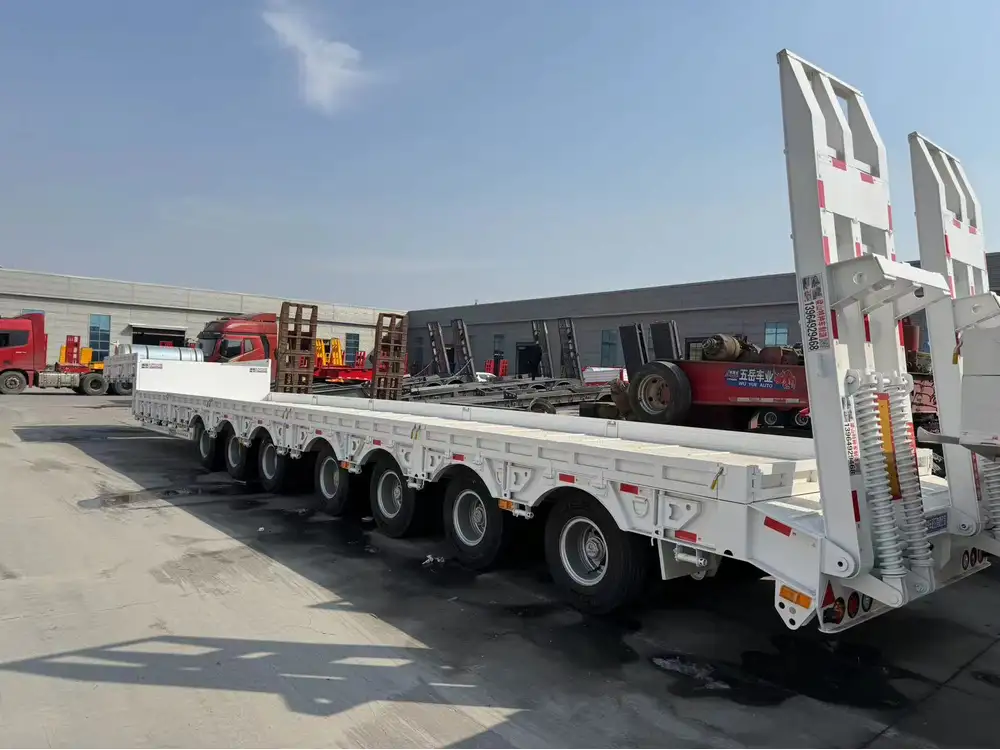
Average Weight of Semi-Trailers
Standard Weight Ranges
The weight of a semi-trailer can vary significantly based on its construction, materials, and specific purpose. Generally, the average weight of a semi-trailer falls within the following ranges:
| Type of Semi-Trailer | Average Weight |
|---|---|
| Flatbed | 12,000 – 25,000 lbs |
| Dry Van | 15,000 – 25,000 lbs |
| Reefer (Refrigerated) | 15,000 – 30,000 lbs |
| Tankers | 15,000 – 25,000 lbs |
| Lowboy | 20,000 – 40,000 lbs |
Factors contributing to these weight ranges include the trailer’s construction materials (steel, aluminum, etc.), its size (length and width), and the specific type of cargo it is designed to carry.
Factors Influencing Semi-Trailer Weight

1. Construction Materials
The materials utilized in the construction of semi-trailers can significantly affect their overall weight. Common materials include:
- Steel: Generally heavier, steel provides durability but can result in more substantial trailer weight.
- Aluminum: A lighter alternative, aluminum is increasingly used, enhancing fuel efficiency by reducing overall weight.
- Composite Materials: The use of polymer composites is gaining traction and offers a balance of strength and lower weight.
2. Design and Type
Different types of semi-trailers are designed for specific applications, which impacts their weight:
- Flatbed Trailers: Designed for versatility, these typically weigh less due to their simplistic design but lack enclosed structure.
- Reefers: These are heavier due to insulation and refrigeration units, essential for temperature-sensitive cargo.
- Tankers: Usually have a consistent weight, but the total weight increases significantly when filled with liquid.
3. Cargo Capacity
The maximum weight capacity is dictated by regulations and design specifications. Understanding Gross Vehicle Weight Rating (GVWR) is essential:
- GVWR: This represents the maximum safe weight a truck and trailer can carry. The semi-trailer’s weight deductions will indicate how much cargo can be legally transported.
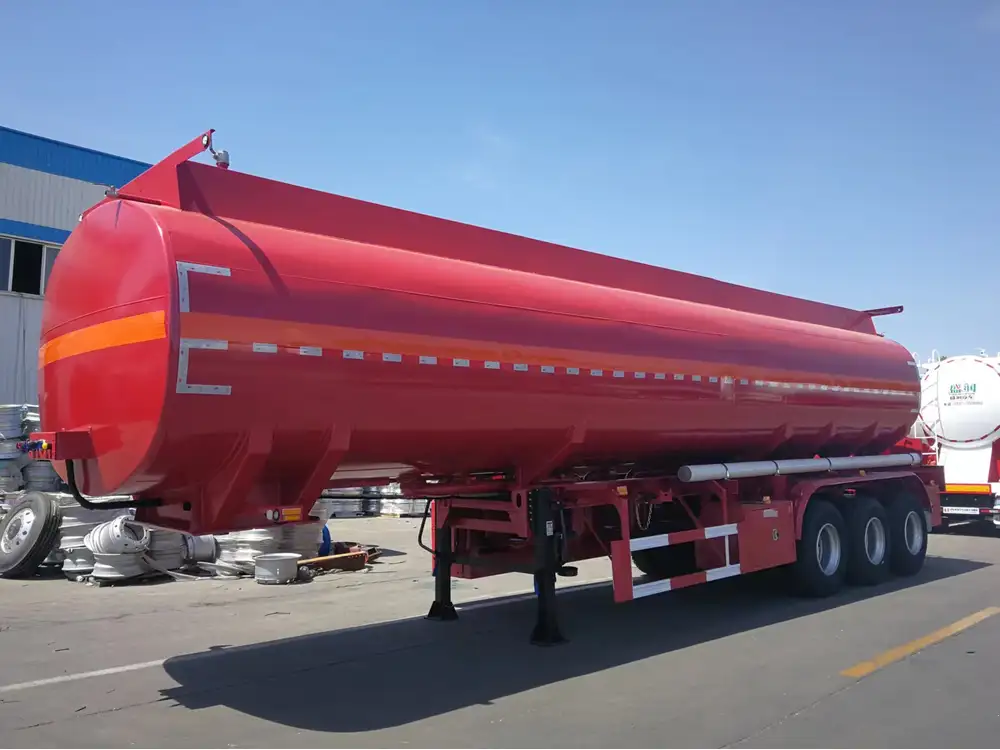
Regulatory Weight Limits
1. Federal Regulations
In the United States, federal regulations establish weight limits to promote safety on the roads. The following are crucial weight restrictions:
- Maximum Combined Weight: 80,000 lbs for the truck and semi-trailer combination.
- Axle Weight Limits: Specific limits based on axle configurations, crucial for avoiding damage to roadways.
2. State Regulations
Each state may have its own specific laws regarding semi-trailer weights which can differ from federal standards. It’s essential for fleet operators to familiarize themselves with relevant state laws to ensure compliance.

Importance of Understanding Semi-Trailer Weight
1. Fuel Efficiency
Understanding and managing semi-trailer weight is vital for fuel efficiency. Heavier trailers require more power to pull, leading to increased fuel consumption. Each pound removed from a semi-trailer payload can significantly improve fuel economy over time, potentially saving thousands of dollars annually.
2. Load Distribution and Safety
Weight distribution directly influences a truck’s handling, braking performance, and overall safety. Improper load distribution can lead to:
- Tire Wear: Uneven weight can accelerate wear on tires, leading to costly replacements.
- Braking Issues: Heavier rear loads can increase stopping distances, posing safety risks on the road.

3. Legal Compliance
Staying within legal weight limits prevents unnecessary fines and penalties. Each infringement can result in significant costs and lost time, adversely impacting business operations.
Best Practices for Managing Semi-Trailer Weight
1. Regular Maintenance Checks
Conducting routine inspections is crucial. Ensure that brakes, tires, and load securing devices are in optimal working condition to prevent accidents that could stem from weight mismanagement.
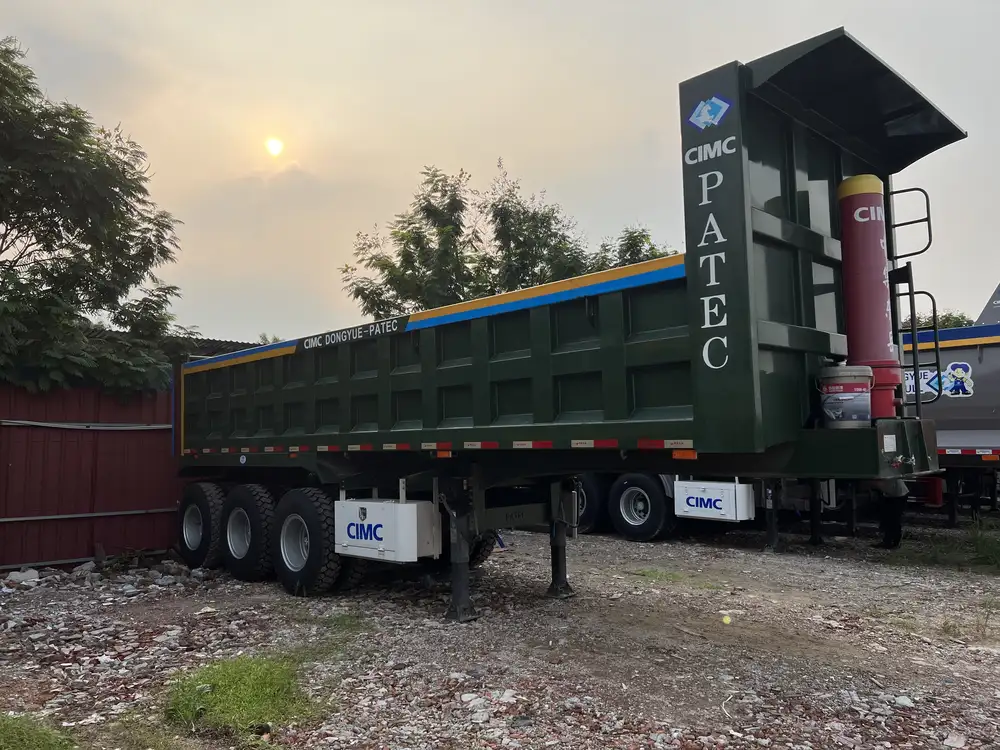
2. Load Planning
Utilize load planning software or manual calculations to ensure each load is optimized according to weight allowances. Proper planning can maximize cargo while maintaining compliance with weight limits.
3. Invest in Technology
Employ advanced technology such as weight sensors and telematics to monitor load weight in real-time. These innovations provide insights into how much weight is being carried and assist in ensuring that it remains within legal bounds.
Real-World Implications: Case Studies
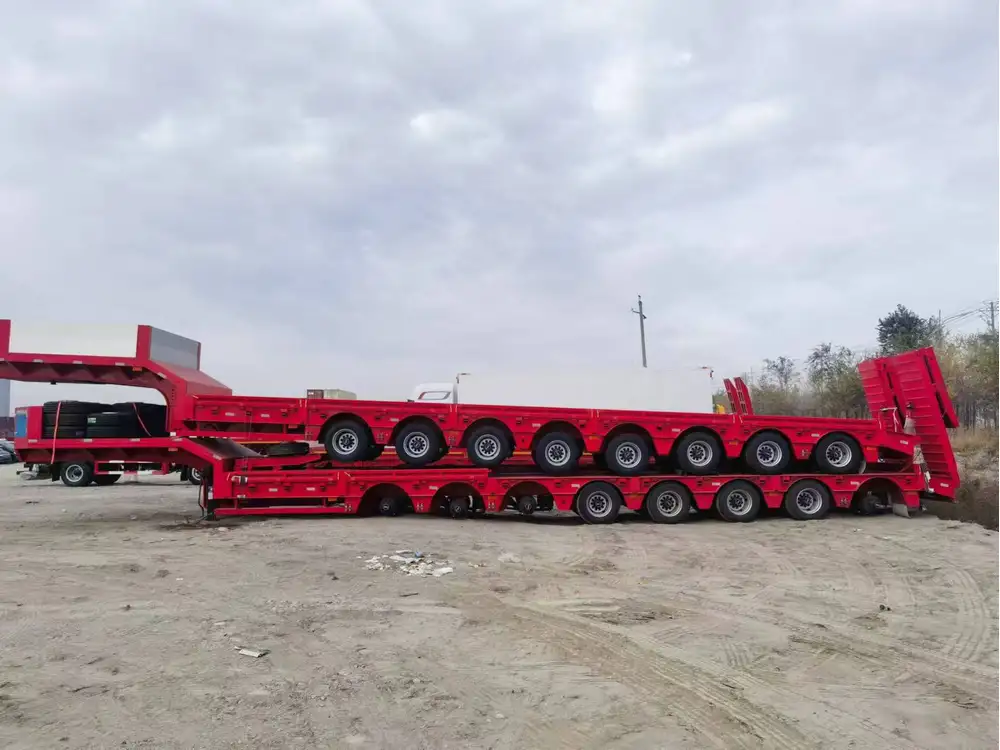
Case Study 1: Efficiency Gains through Weight Management
A large logistics company adopted a new fleet of lightweight aluminum semi-trailers. By reducing trailer weight by approximately 1,500 lbs per unit, they achieved a 5% increase in fuel efficiency. Over a year, this resulted in savings of approximately $250,000 across their fleet.
Case Study 2: The Cost of Overweight Fines
Another trucking firm faced significant penalties for exceeding state weight limits. After a detailed analysis, they discovered that improper load distribution caused most fines. By implementing regular load checks and staff training on weight regulations, they minimized future infractions and saved tens of thousands of dollars.
Conclusion
In the intricate world of freight transport, comprehending how heavy a semi-trailer is involves a multifaceted understanding of various critical factors, from the types of trailers to weight regulations and best practices for management. A strategic approach can lead to enhanced efficiency, compliance, and ultimately, profitability.
For those engaged in the logistics sector, recognizing the importance of semi-trailer weights is not merely a matter of regulation but an avenue for substantial operational enhancement. By prioritizing knowledge and management of trailer weight, stakeholders can harness the full potential of their transport solutions while maintaining whole-system efficiency.
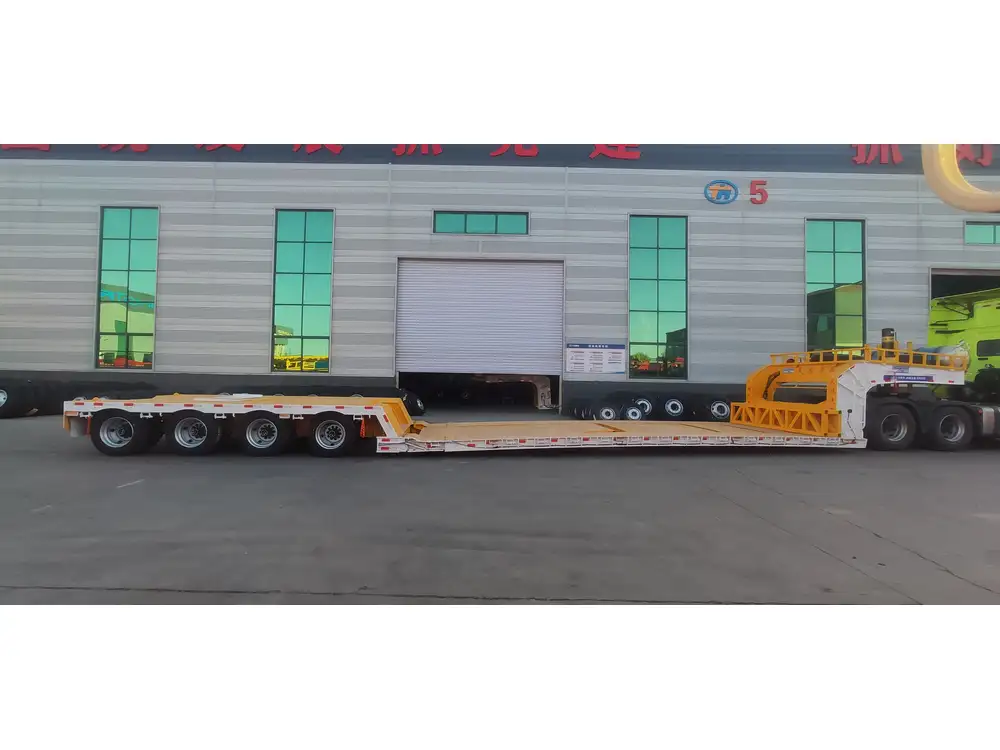
Additional Resources
For deeper insights into semi-trailer specifications and regulations, consider the following resources:
- Federal Highway Administration
- American Trucking Associations
- National Association of Trailer Manufacturers
Engage with these organizations to stay informed about the latest developments and best practices in the semi-trailer manufacturing and transportation industry.



